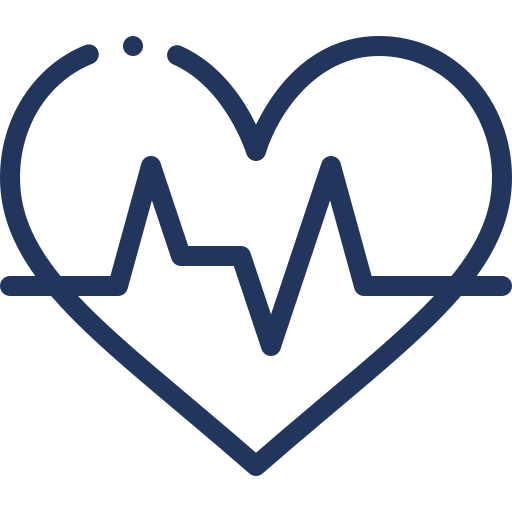The Terna Blood Bank works 24×7 to accommodate a need of patient when it arises. With a Component Blood Bank, we are able to supply both whole blood as well as its components such as packed cells, platelet concentrate, fresh frozen plasma, cryoprecipitate and saline washed packed cells.
Terna Blood Bank is inspected and audited by the FDA (Food & Drug Administration) who has laid down standards for management of blood banks.
We do exchange of blood and blood products across our member-hospitals whenever the need arises. It helps in supporting the lives of several patients who need blood urgently.
Safety Measures
Our source of blood is primarily voluntary or replacement from healthy donors. Each unit of blood we collect is screened and tested for HIV1, HIV2 and HCV antibodies, Hepatitis B, surface antigens, VDRL, malarial parasites and other irregular antibodies. Within 6 hours, component of each unit of collected blood is separated under strict aseptic conditions.
The blood we supply is SAFE, TRUSTED and CERTIFIED.
Requests for Blood
We supply whole blood and blood components to both, our in-patients and out-patients, other hospitals and nursing homes as well.
In-Patients
- When an in-patient requires blood, a request is sent to the Blood Bank by the doctor
- The patient is given the required blood / blood components after necessary testing from the Blood Bank.
- Later, the patient’s relatives may be required to bring in donors to donate blood as replacement for the units issued.
- For voluntary donor need to produce donor card. You need not bring in donors to replace the units issued. You may also avail the concession on the service charges levied on blood and blood components.
Out-Patients
If you’re an out-patient in need of blood you need to furnish the following:
- A written request from a doctor (MBBS / MD) / hospital stating the patient’s name / hospital identification number and specific requirements. Details must be furnished on a letterhead.
- Patient’s blood sample in EDTA & plain bulbs. Make sure the sample is legibly and correctly tagged with his / her complete name.
- The sample is then tested and the patient’s blood is matched. It is only when a match is made that blood or components are released to patients who require transfusion.


